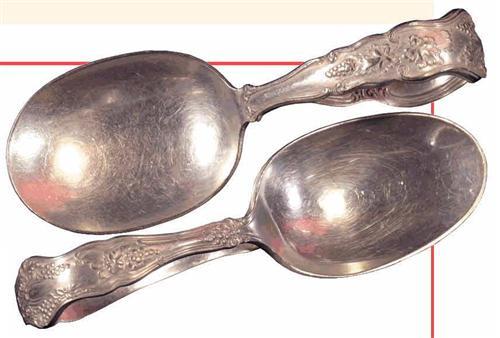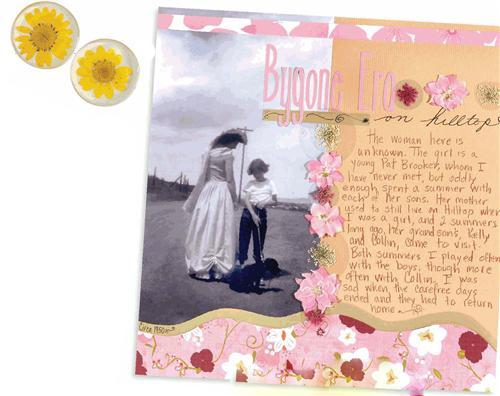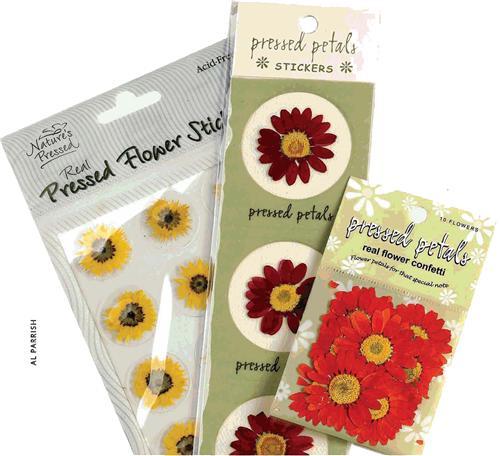Sign up for the Family Tree Newsletter! Plus, you’ll receive our 10 Essential Genealogy Research Forms PDF as a special thank you.
Get Your Free Genealogy Forms
"*" indicates required fields
Photos and documents eventually yellow and deteriorate even in optimal storage conditions. Dark stability measures how well a material resists degradation in a darkened environment.
Safe Keeping: Antique Silver
Keep your silver in pristine condition by washing pieces immediately after use with hot water and mild, non-lemon detergent. Never wash silver with stainless steel — a chemical reaction could mar the silver’s finish. Wipe dry with a soft cloth, avoiding contact with your hands. To reduce tarnish, store pieces in silver cloth pouches inside polyethylene plastic zipper bags with the air squeezed out. Use silver polish only for heavy tarnish; clean grooves with a cotton swab, rather than abrasives.
Pressed for Time
Whether it’s a lily from your daughter’s wedding bouquet or the violet your grandson gave you, a pressed flower evokes fond memories and adds to the rich visual record of a heritage scrapbook. And we’re not talking about lumpy brown blossoms crumbling all over your photos, either. Correctly preserved with these tips, pressed flowers can last for generations.
You can press most any flower, but blooms with low moisture content, thin petals and centers, and flat leaves work best — see the list below and experiment with your garden’s bounty. Remove and press the petals of large flowers, such as roses.
Press flowers when they’re fresh. The tried-and-true phone book method still works: Place absorbent paper on a flat surface and arrange blooms in one layer without the flowers touching. Top with another piece of paper and add heavy books. Wait three days to six weeks, occasionally checking the progress. If you keep a garden scrapbook, you might want a wood press, made of layered wood and blotting paper anchored by straps or screws. Periodically refasten the straps or tighten the screws to increase pressure as the flowers flatten and dry.
In a rush? Accelerate drying in a microwave. Arrange flowers in an old book — at least 1½ inches thick without gilded edges or foil accents — between groups of 30 or 40 pages. Tie the book shut, and nuke on high for one to three minutes. (Experiment to figure out the best “cooking” times for your blooms, book size and microwave.) Let the book cool before removing the flowers.
Pressed flowers should last years if you protect them from light and moisture. In your scrapbook, treat them as you would any memorabilia, avoiding contact with photographs. Encapsulate flowers in Mylar photo sleeves or secure them in memorabilia holders to prevent abrasion. You also can hand-stitch or glue flowers to cardstock, or mount them beneath clear stickers (available from Of The Earth <www.custompaper.com>). Be sure to journal about the flowers’ significance, too. Your specimens’ color will fade over time, but they’ll retain a timeless beauty.
Flowers for Flattening
• alyssum
• coral bell
• coreopsis
• cosmos
• daisy
• forget-me-not
• fuchsia
• geranium
• larkspur
• lobelia
• pansy
• primrose
• rose petals
• Queen Anne’s lace
• verbena
Easy Does It
You want to accent summer layouts with pressed flowers, but you’ve been too busy researching to water your garden. Try these options instead: Natures Pressed <www.naturespressed.com> offers flowers and leaves (about $5 for 16 to 24 pieces) and Pressed Flower Stickers (12 for $3). Visit Pressed Petals <www.pressedpetals.com> for Flower Confetti (10 flowers for $3), Seals & Stickers (nine pressed flower stickers for $6) and Petal Pebbles (eight epoxycovered pressed flower stickers for $3.40).
From the August 2006 issue of Family Tree Magazine.







